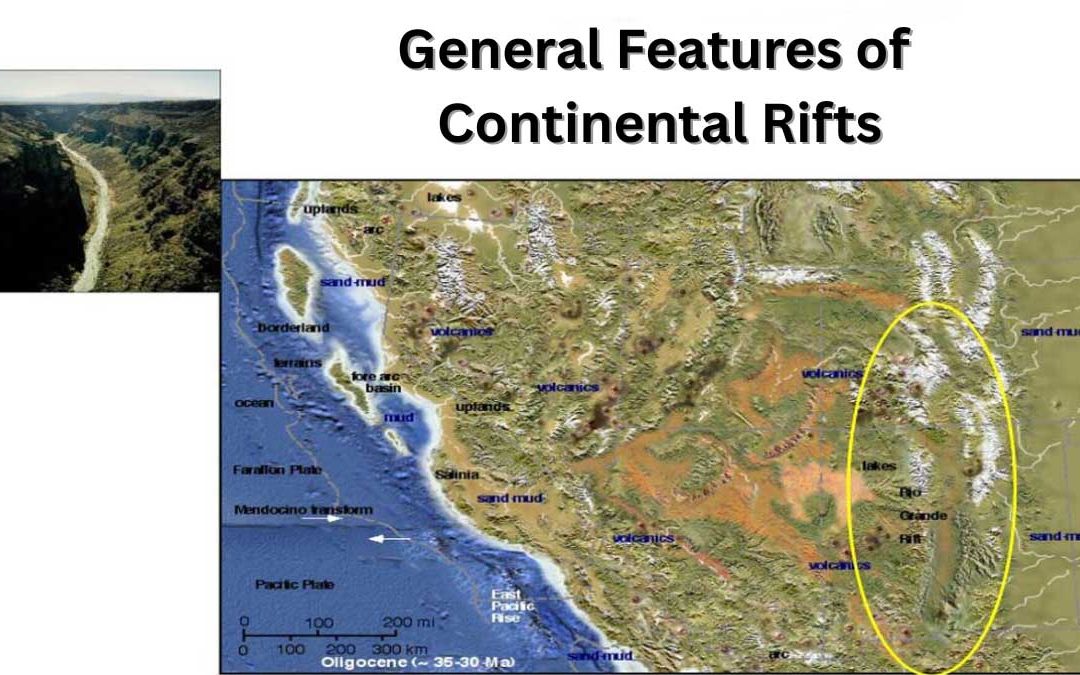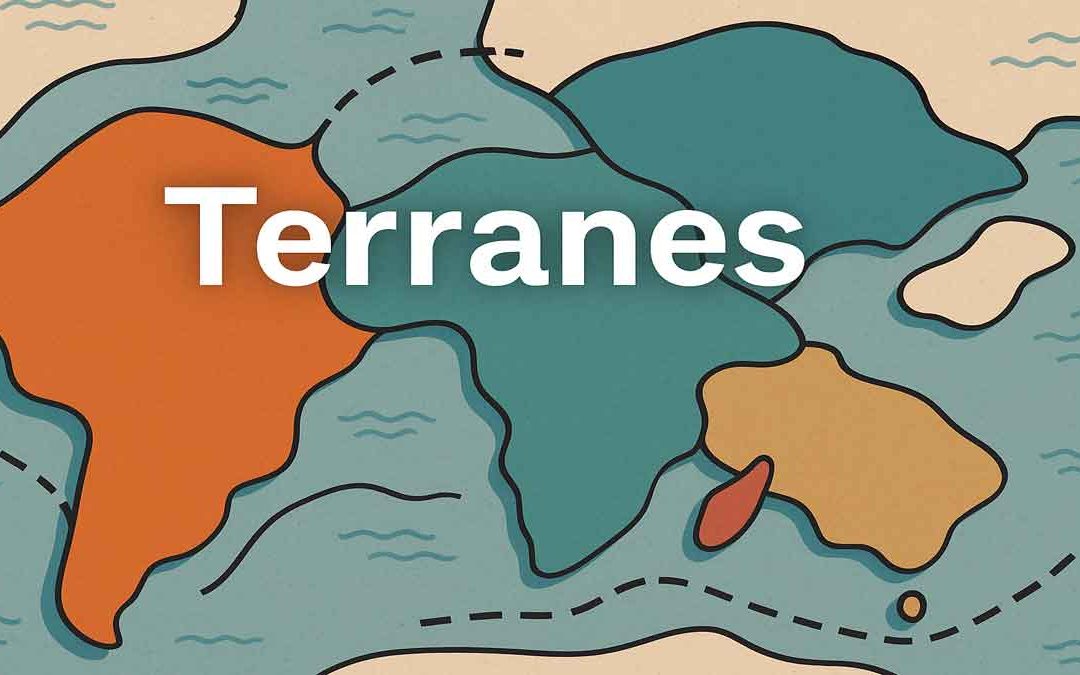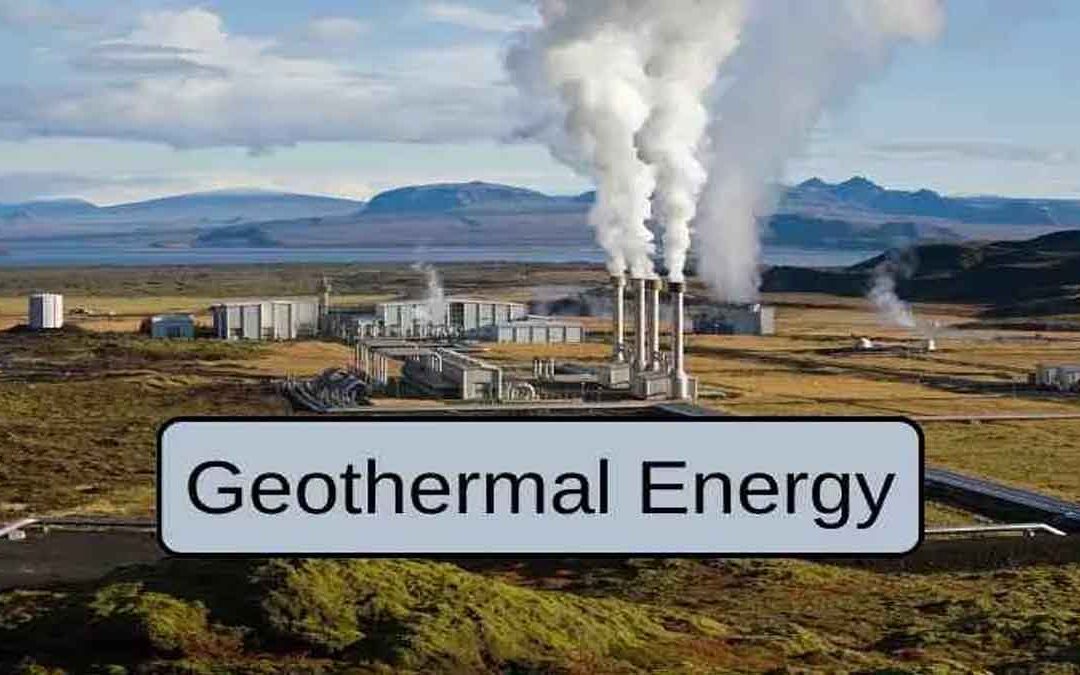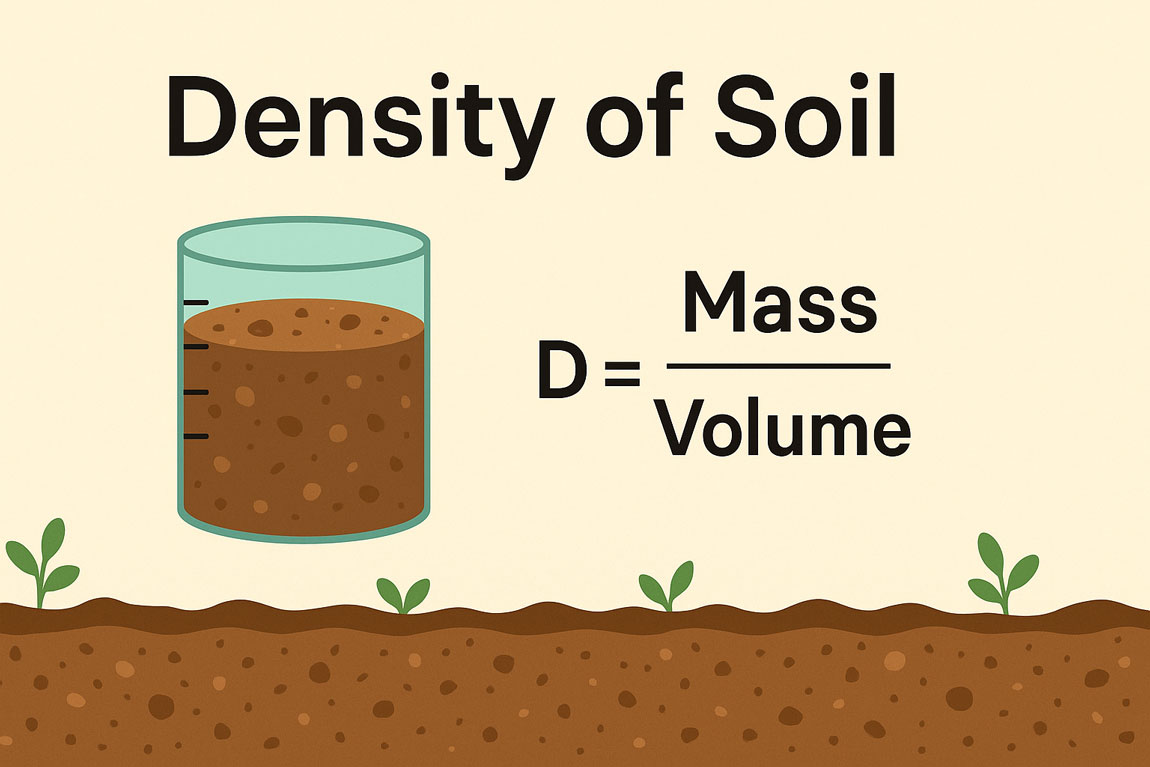
by Gelogia Team | Jun 21, 2025 | Physical Geology & Geomorphology, Structural Geology
Magnitude is a measurement of the energy released by an earthquake. Earthquake magnitude scales in general do not directly represent any physical parameters of the source. Magnitude scales can be used to represent the relative size of earthquakes. Why Are Magnitude...

by Gelogia Team | Jun 19, 2025 | Physical Geology & Geomorphology, Structural Geology
Continental rifts are geological zones where the Earth’s crust is stretched and broken, forming deep fault-bounded valleys. These structures play a key role in understanding plate tectonics, continental breakup, and the formation of new ocean basins. This...

by Gelogia Team | Jun 13, 2025 | Historical Geology, Structural Geology
What Are Terranes? Terranes are fault-bounded crustal blocks that have distinct lithologic and stratigraphic successions and geologic histories different from those of neighboring terranes (Schermer et al., 1984). Most terranes have collided with continental...

by Gelogia Team | Apr 25, 2025 | Structural Geology
The sea level means the level of the surface of the sea. It is the mean position or midway between the mean high and mean low water levels, computed from the records of tidal oscillations over a long period and seasonal variations. It is defined based on the...

by Gelogia Team | Mar 29, 2025 | Structural Geology, Uncategorized
Geothermal energy, a renewable energy source, comes from the Earth’s internal heat and results from geological processes like subsidence in sedimentary basins. As sedimentary layers bury, temperature and time increase, driving the thermal maturation of organic...

by Gelogia Team | Mar 28, 2025 | Structural Geology
In geothermal energy reservoirs, heat is created within the mantle or crust through the decay of radioactive isotopes (Fig.1). Within a sedimentary basin, this heat is transferred to the surface through the conduction and convection of fluids. Current geothermal...












